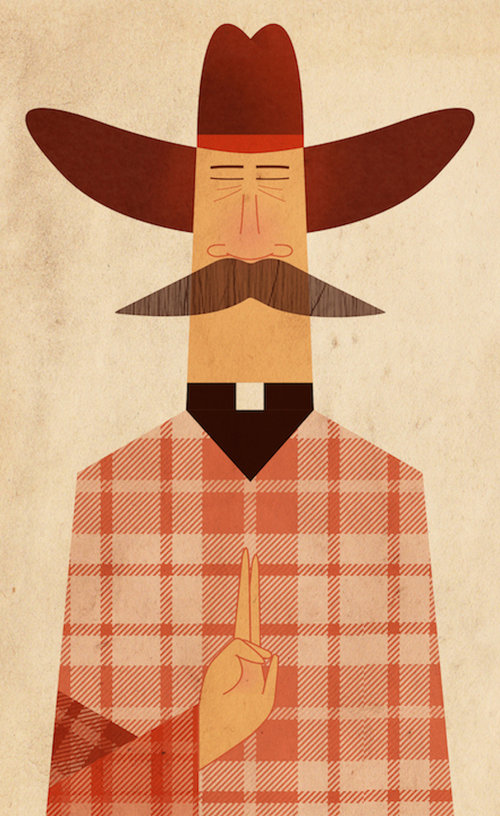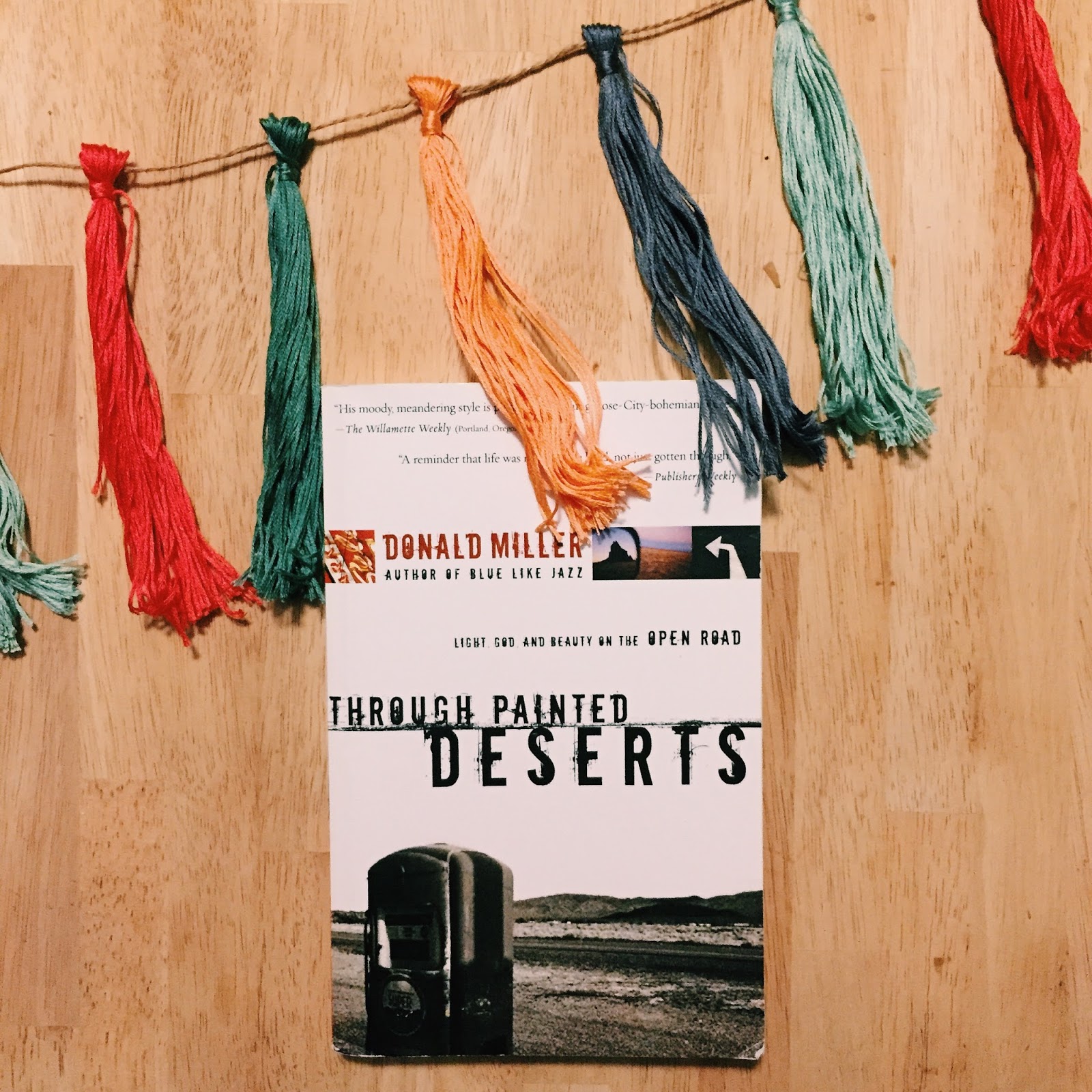Grace in Plaid

It all started in 18th century Scotland when tartan got banned.
The Dress Act 1746 forbid men from wearing tartan, but instead of curbing the appeal of tartan, it incited it.
In Avery Truffleman's own words
Peter Macdonald, historian at the Scottish Tartans Authority also gives us a textbook example of how laying down the law works -
In Avery Truffleman's own words
"But here's the thing, just like banned books become the cool thing to read, banned clothes became the cool thing to wear.
Peter Macdonald, historian at the Scottish Tartans Authority also gives us a textbook example of how laying down the law works -
"As always when you're not allowed to wear something, that means someone else immediately will."
The banning of this simple clothing pattern is the impetus for it's popularity, giving it a massive reach to every corner of the globe.
The Dress Act, or Dress Law did not achieve it's goal.
The law never produces what it demands.
In his book Grace in Practice, Paul Zahl says it like this
"Imperatives produce their opposites: angry reactions. Can you name an exception to this? If someone tells you to do something, you immediately and instinctively desire to do the opposite."
By banning tartan the invading Hanoverian government was trying to suppress a small population of Highlanders from being, in their eyes, patriotic incendiary patriots. Instead the appeal of the banned nature of the pattern created a phenomenon, a trend that has been in fashion for centuries.
PZ again:
"The point is crucial: law tells the truth, the whole truth, and nothing but the truth about ourselves. It holds the "mirror up to nature" (William Shakespeare). But the law fails to convey the power to correct the maladies it diagnoses. The law is painful, like iodine on a cut, but another agent is required for healing to occur. That agent is grace."

As October brings cooler weather and your plaids become a regular fixture in your wardrobe let them be a reminder of our low anthropology and our sinful nature, but mostly let them be a reminder of grace.
One more from The Man on grace, PZ
"What is grace? Grace is love that seeks you out when you have nothing to give in return. Grace is love coming at you that has nothing to do with you. Grace is being loved when you are unlovable.... Law depresses and incites. Grace enlivens and enables. Grace is one-way love... You will see it over and over: one-way love lifts up. One-way love cures. One-way love transforms. It is the change agent of life."
Amen and amen
Jen


Comments
Post a Comment